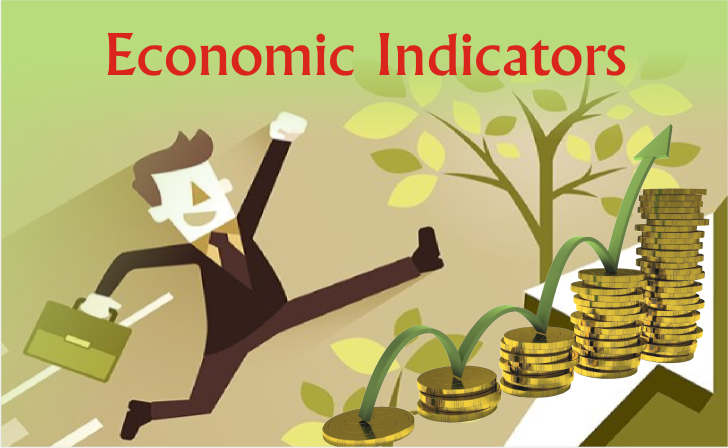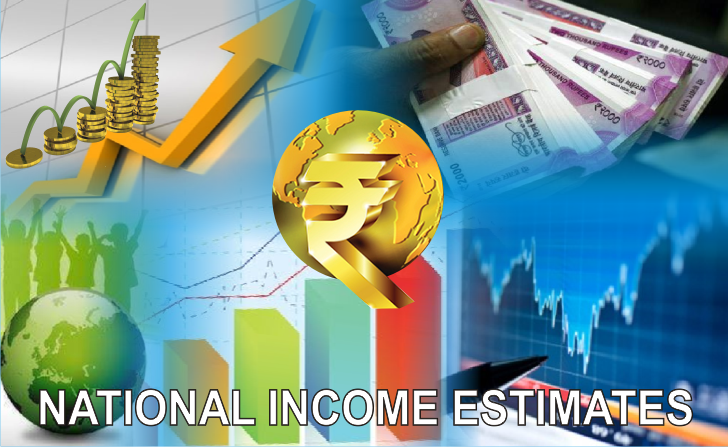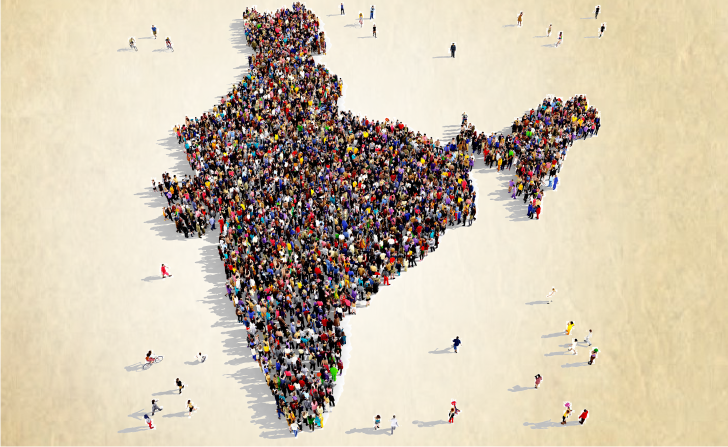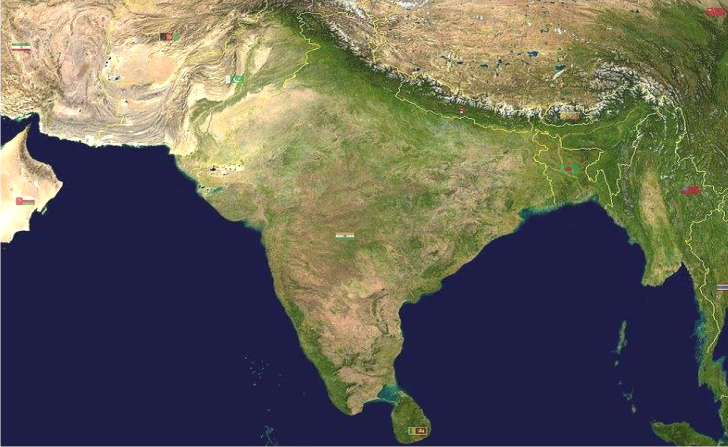| Index of Industrial Production (2016-17) (December 2016) | 183·5 |
| Share of Industrial Sector in GVA (Average Ratio for 2011-12 to 2014-15) | 31·8% |
| Index of Agricultural Production (2014-15) (Base : 2007-08 = 100) | 123·9 |
| Wholesale Price Index Average (December 2016) (Base : 2004-05 = 100) | 182·8 |
| Consumer Price Index for Industrial Workers (December 2016) Average (Base : 2001 = 100) | 275 |
| Consumer Price Index for agricultural labourers (December 2016) | 876 |
| Consumer Price Index for Rural Labour (December 2016) | 881 |
| Consumer Price Index (Base : 2012 = 100) Combined (December 2016) | 130·4 |
| Consumer Price Index (Base : 2012 = 100) Rural (December 2016) | 132·8 |
| Consumer Price Index (Base : 2012 = 100) Urban (December 2016) | 127·6 |
| Consumer Price Index based inflation Rate (December 2016) Combined | 5·61% |
|
Sixth Economic Census (2014) |
|
| Total Enterprises
Rural Urban |
5·847 crore 3·502 crore (59·9%) 2·345 crore (40·1%) |
| Top 5 states having maximum Enterprises (In Descending Order) |
Uttar Pradesh Maharashtra West Bengal Tamil Nadu Andhra Pradesh |
| Number of Industries Reserved for Public sector | 2 |
| Atomic Energy (Production, separation or enrichment of special fissionable material and substances and operation of the facilities). | |
| Railway operations only : Private investment has been allowed in Railways for other construction, operation and maintenance. | |
| Number of Industries requiring Compulsory License | 4 |
| Cigars and Cigarettes of tobacco and manufac-tured tobacco substitutes. | |
| Electronic Aerospace and defence equipments. | |
| Industrial Explosives including detonating fuses, safety fuses, gun-powder, nitrocellulose and matches. | |
| Specified Hazardous chemicals i.e., | |
| Hydrocyanic Acid its derivatives | |
| Phosgene and its derivatives. | |
| Isocyanates and disocyanates of hydrocarbons. | |
| Micro, Small and Medium Enterprises (MSMEs) contribution in country’s GDP | 37·5% |
| Main Food Crop of India | Rice |
| India’s place in the World Production of | |
| Sugar and Sugarcane | First |
| Milk | First |
| Banana | First |
| Jute | First |
| Steel | Third |
| Manufacturing | Sixth |
| Fish | Second |
| Rice | Second |
| Fruits | Second |
| State with Highest Production of Wheat (2014-15) | Uttar Pradesh |
| State with Highest Production of Rice (2014-15) | West Bengal |
| State with Highest Production of Pulses (2014-15) | Madhya Pradesh |
| State with Highest Production of Coarse Cereals (2014-15) | Rajasthan |
| State with Highest Production of Total Foodgrains (2014-15) | Uttar Pradesh |
| State with Highest Production of total Oilseeds (2014-15) | Madhya Pradesh |
| State with Highest Production of Sugarcane (2014-15) | Uttar Pradesh |
| State with Highest Production of Cotton (2014-15) | Gujarat |
| State with Highest Production of Potato (2014-15) | West Bengal |
| State with Highest Production of Onion (2014-15) | Maharashtra |
| State with Highest Production of Jute and Mesta (2014-15) | West Bengal |
| Krishi Vigyan Kendra (2014-15) | 641 |
| Agriculture Universities (2014-15) | 70 |
| Horticulture Crops | 341 |








